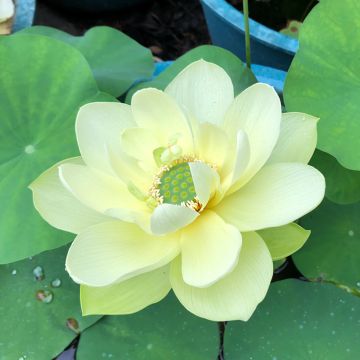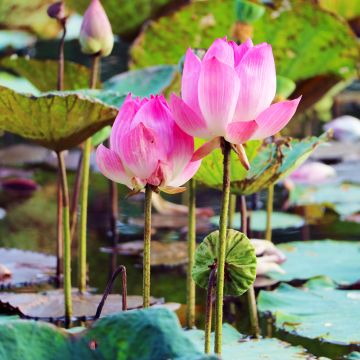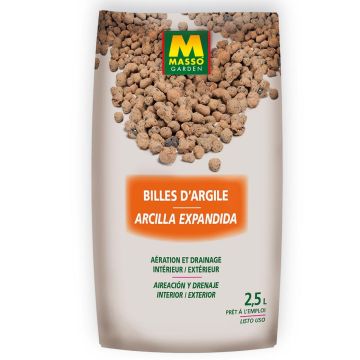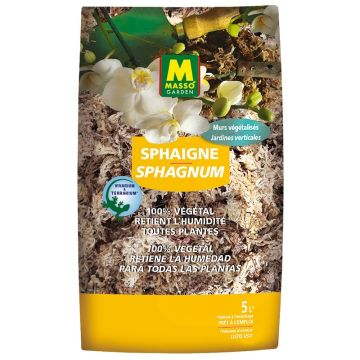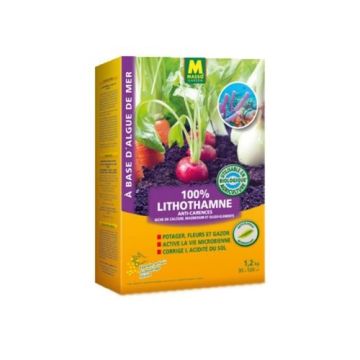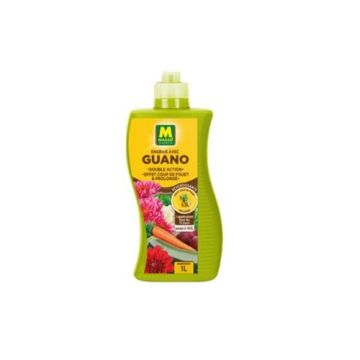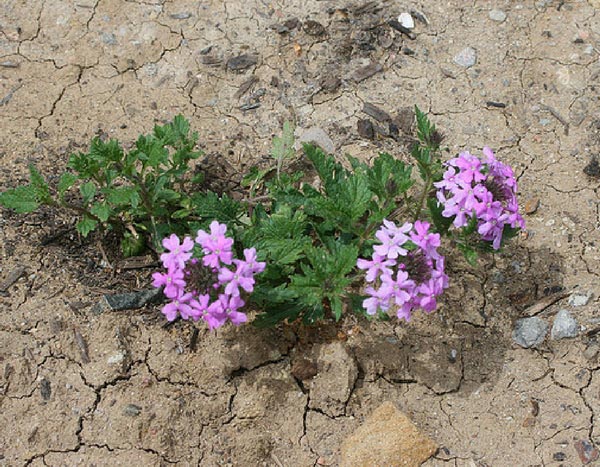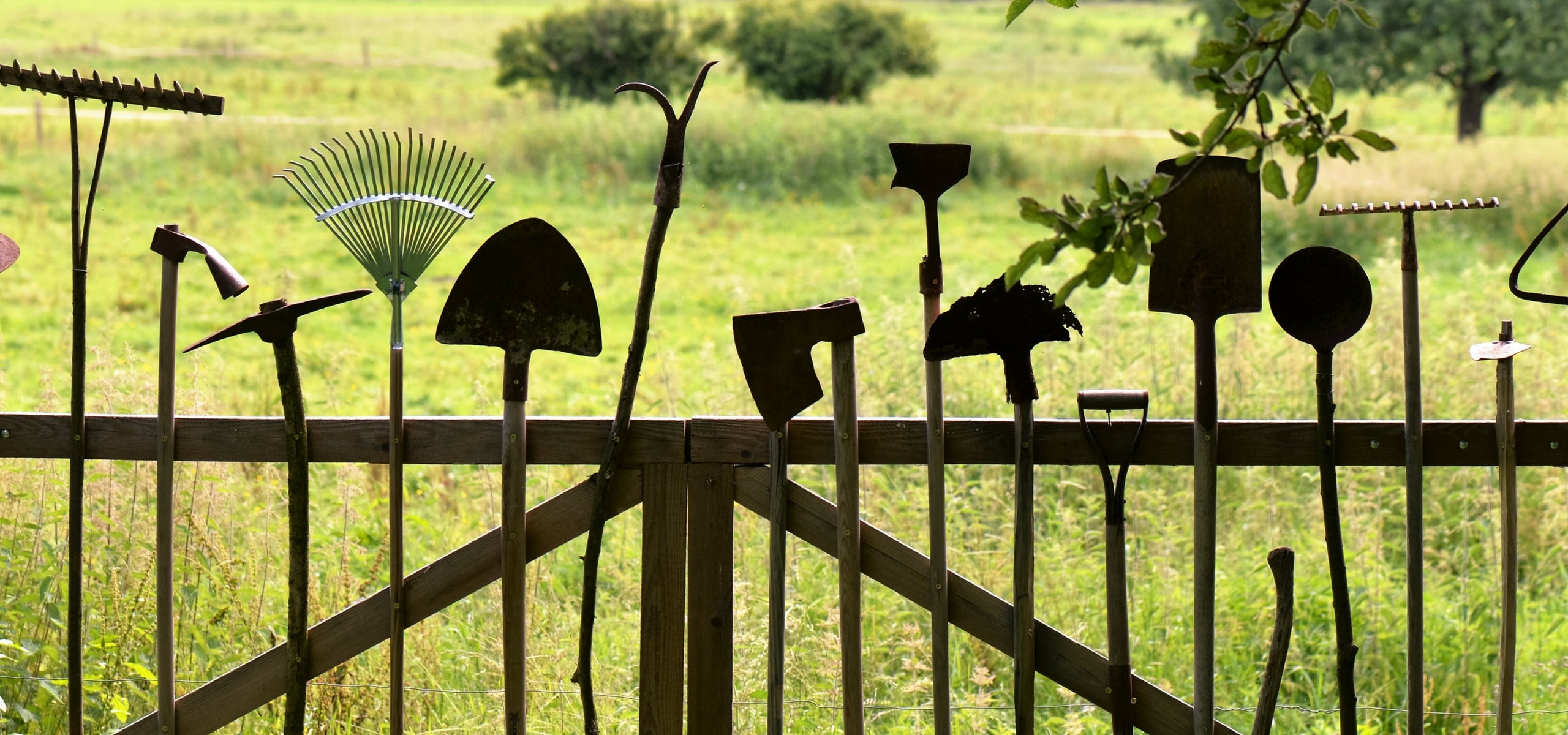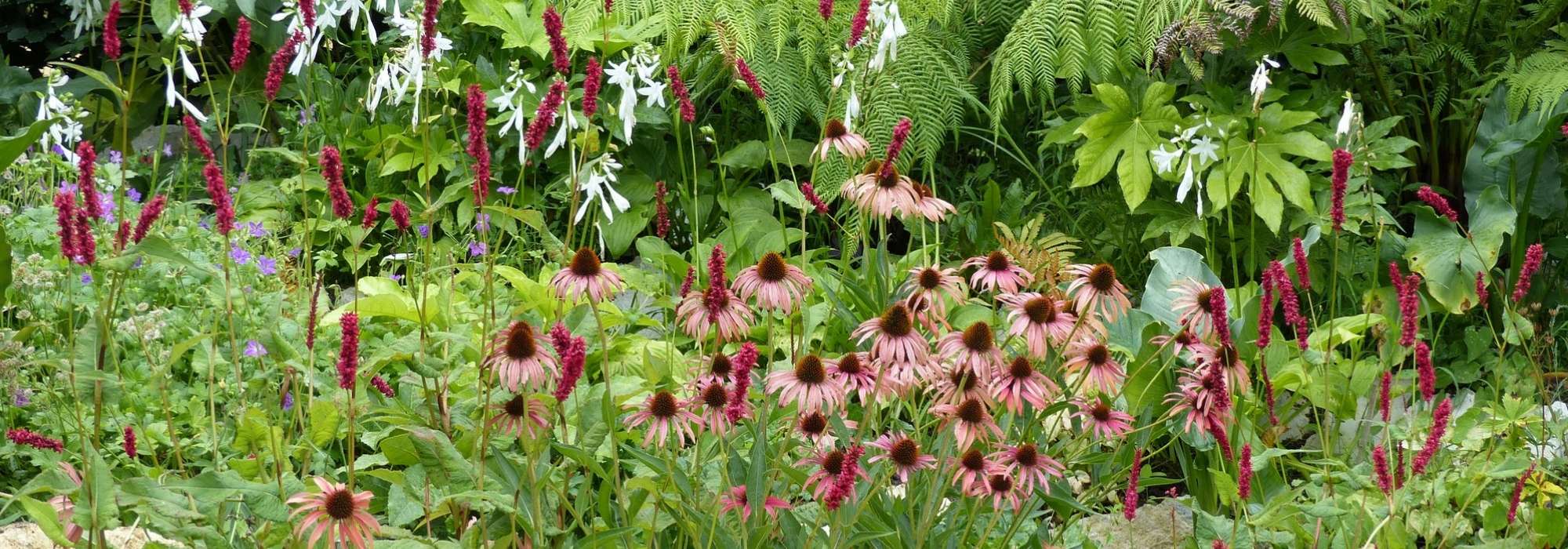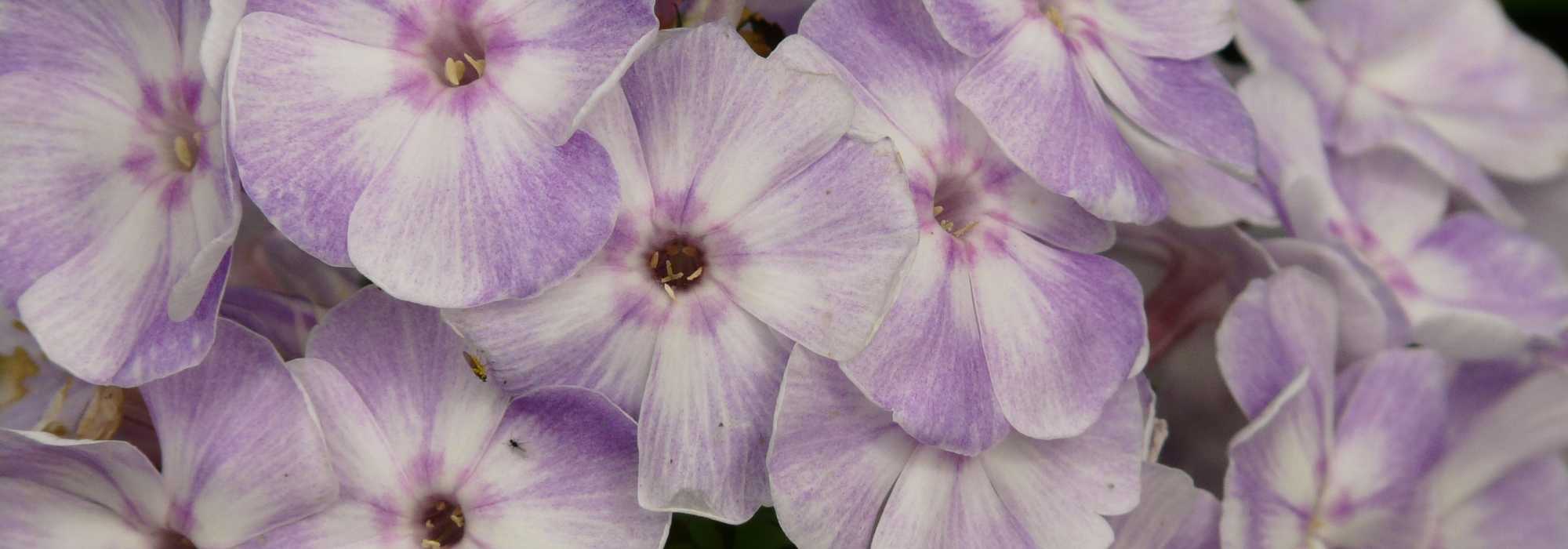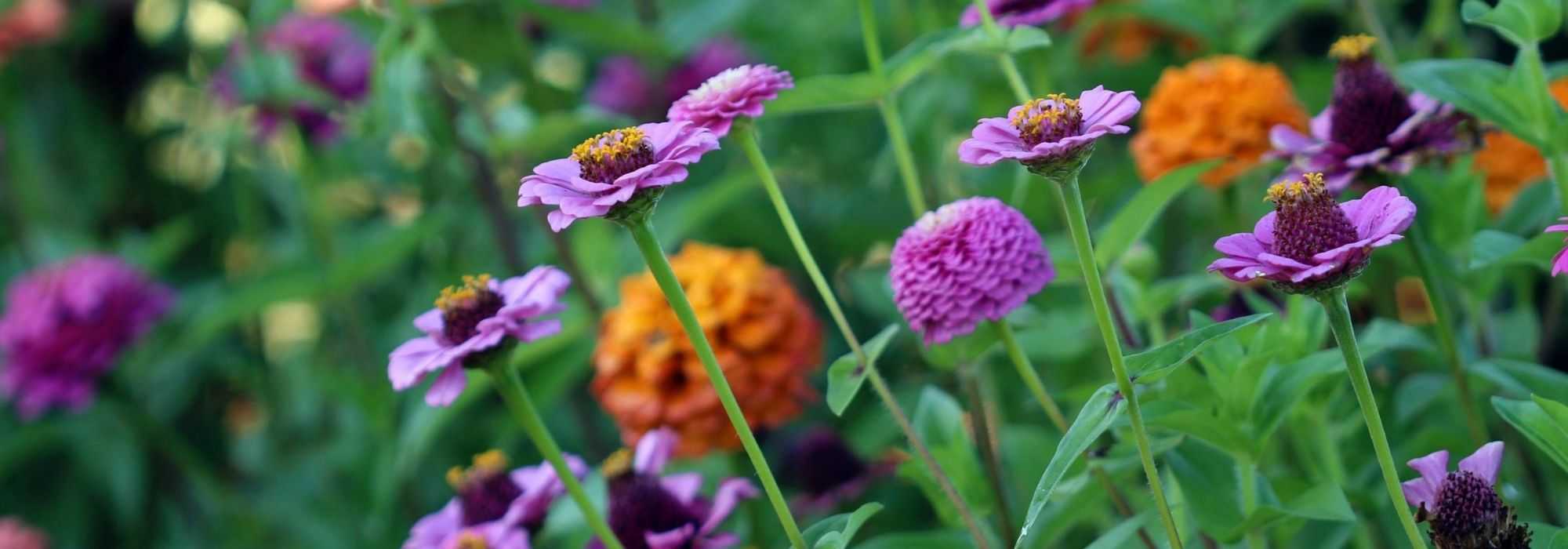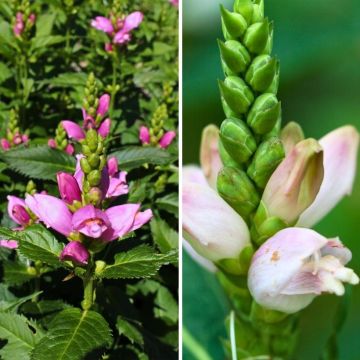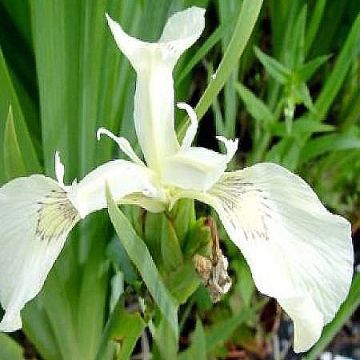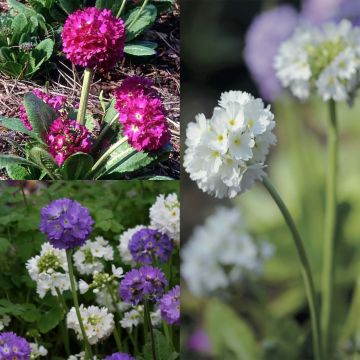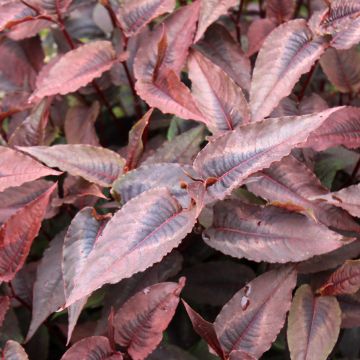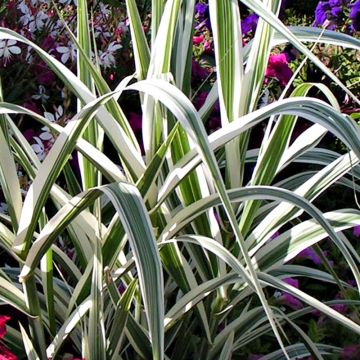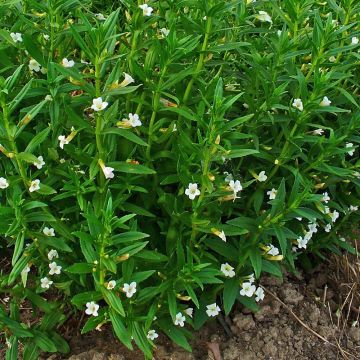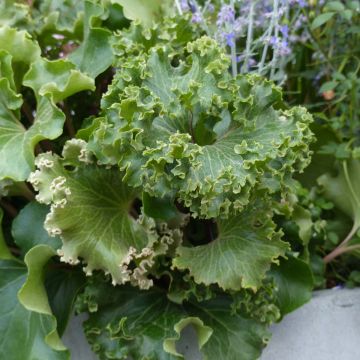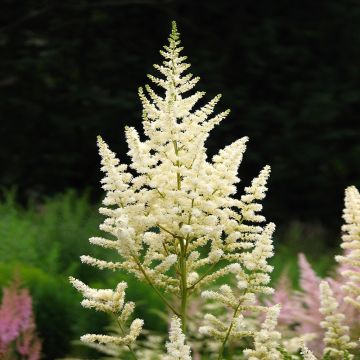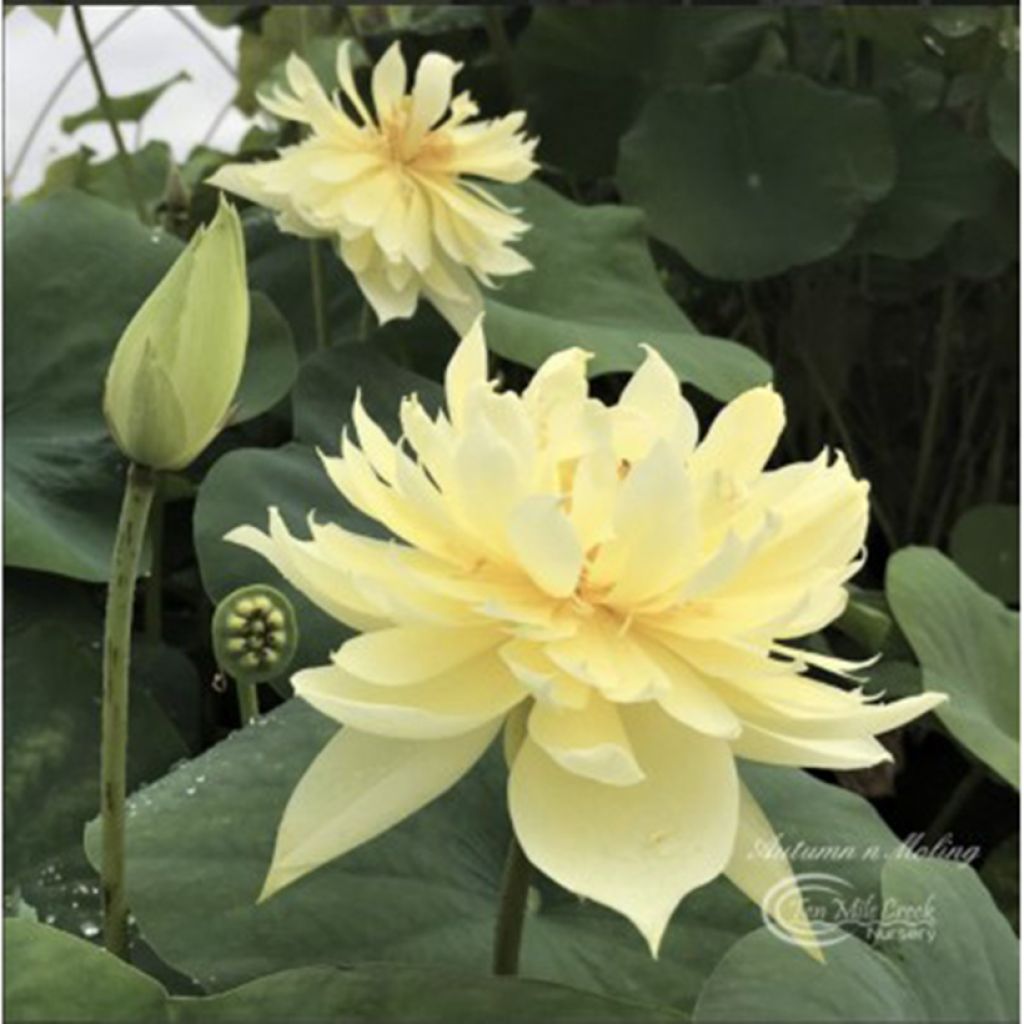

Nelumbo Moling Qiuse
Nelumbo Moling Qiuse
Nelumbo Moling Qiuse
Sacred Lotus, Indian Lotus, Lotus
Special offer!
Receive a €20 voucher for any order over €90 (excluding delivery costs, credit notes, and plastic-free options)!
1- Add your favorite plants to your cart.
2- Once you have reached €90, confirm your order (you can even choose the delivery date!).
3- As soon as your order is shipped, you will receive an email containing your voucher code, valid for 3 months (90 days).
Your voucher is unique and can only be used once, for any order with a minimum value of €20, excluding delivery costs.
Can be combined with other current offers, non-divisible and non-refundable.
Why not try an alternative variety in stock?
View all →This plant carries a 6 months recovery warranty
More information
We guarantee the quality of our plants for a full growing cycle, and will replace at our expense any plant that fails to recover under normal climatic and planting conditions.
Description
The Nelumbo 'Moling Qiuse', considered one of the most beautiful yellow lotus flowers, is a Chinese cultivar of modest size, rare in cultivation and highly sought after for its magnificent double, ruffled, gradient yellow flowers, pleasantly fragrant. The plant has round, decorative leaves and blooms for long weeks in summer. Its growth is suitable for small and medium-sized ponds and container gardening. All the exotic charm of the sacred lotus of India!
The Nelumbo 'Moling Qiuse' is a Chinese horticultural creation, sometimes marketed under the name 'Autumn in Moling'. This cultivar was introduced in 2016 in France at the Latour-Marliac establishments. Like all lotus flowers, it belongs to the Nelumbonaceae family. It is an aquatic perennial with foliage and flowers that rise above the water, unlike in water lilies. The species' original range, Nelumbo nucifera, includes Southeast Asia and Northern Australia. It inhabits large ponds and canals filled with muddy water in these regions, standing out majestically.
The Nelumbo 'Moling Qiuse' develops dark green leaves from spring, more or less upright, with a flat or concave surface, undulating at the edges. Water droplets on their surface bead up instead of spreading out due to the water-repellent quality of the epidermis. The entire and peltate lamina, measuring between 15 and 20 cm in diameter, attaches to the very brittle rhizome with a thin, spiny petiole fixed under the centre of the leaf. The plant will rise about 55 cm above the water surface. Flowering begins in June-July and extends until late summer, depending on the climate. The double flowers are solitary, measuring 10 to 15 cm in diameter. They last three days before wilting and are replaced by new flower buds. This flowering is followed by the formation of highly decorative yellow fruits shaped like a watering can with small holes through which the seeds escape when ripe. It is often used to make dried bouquets and contains numerous seeds that will eventually sink and germinate in the mud.
This 'Moling Qiuse' lotus is hardy if its rhizome does not freeze. It can also be taken out of the water in autumn and stored in frost-free conditions, in slightly damp mud. It is ideal for small water plants and adapts to cultivation in various watertight containers that decorate the terrace or balcony. The number of flowers produced depends on the size of the growing container. In a 30 cm diameter container, the plant will grow between 3 and 8 flowers, 8 to 15 flowers in a 50 cm container, and up to 25 in a basin or barrel with an 80 cm diameter.
Nelumbos and water lilies will be the main attraction of your pond plantings. Most of them bloom from spring until early autumn. The lotus is also an essential plant for maintaining the balance of a garden pond as it contributes to water oxygenation. Its leaves provide shade and shelter for your fish, protecting them from predatory insects like aphids.
The entire plant is edible. The seeds are consumed candied, and the rhizome is a nourishing starch. The yellow stamens are used to flavour tea in Vietnam. The rhizome and seeds are also used in Chinese cosmetics to combat ageing, as well as in medicine and perfumery.
The perfection of the sacred lotus flower and fruit (Nelumbo nucifera) makes this aquatic plant a symbol of purity in several religions. Buddhism derives its sacred character from the belief that Buddha appeared floating on its leaf. In Hinduism, it is perceived as the cradle of the universe.
Report an error about the product description
Flowering
Foliage
Plant habit
Botanical data
Nelumbo
Moling Qiuse
Nelumbonaceae
Sacred Lotus, Indian Lotus, Lotus
Nymphaea nelumbo, Nelumbo caspica, Nelumbo speciosum, Nelumbo nelumbo, Nelumbo komarovii
Cultivar or hybrid
Other Nelumbo - Lotus
View all →Planting and care
Aside from a few precautions, cultivating the 'Moling Qiuse' Lotus does not require anything particular. The dwarf lotus requires a sunny location. It can withstand negative temperatures below -12°C, submerged deep enough. Plant the rootstock without breaking it, horizontally, in late spring, in a pot or directly in the mud, between 15 and 30 cm below the water surface. Bury the stump under 12 cm of rich silt or clay (never use horticultural compost, as it would rise to the surface and promote algae growth). Planting in a container is possible for shallow ponds, but it will be necessary to overwinter the rootstocks in damp sand protected from frost. The rootstocks can be planted in a wicker basket or a fine mesh basket, 30-40 cm in diameter (wider than tall), which is sunk in the desired location. Provide them with the sunniest spot in the water feature. Space each rootstock at least 50 cm apart.
In regions with harsh winters, keeping the rootstock in a moist pot protected from frost from October to May is preferable.
Never leave Nelumbo rootstocks exposed to the sun or air to prevent them from drying out; plant them upon receipt or purchase. If you have fish in your pond, it is advisable to spread a thick layer of coarse gravel on the surface of the planted pot to discourage them from digging in the soil and thus fouling the water. The development of nelumbos will be optimal if they are grown in containers suitable for their growth. Lotuses are hungry plants: distribute a balanced slow-release fertiliser at planting and every year at the beginning of the growing season (for example, Osmocote 10-11-18-2 with a duration of 5-6 months). During the summer, remove excessive leaves that grow in the centre of the clump, leaving only the most vigorous ones. Also, yellowed or stained leaves and aquatic weeds that emerge from the surface should be removed. Be careful; contact with lotus foliage can cause an allergic reaction!
Monitor aphid infestations on the foliage. Introduce ladybird larvae or spray black soap on the foliage. Remove yellowed leaves at the end of summer.
Planting period
Intended location
Care
Planting & care advice
This item has not been reviewed yet - be the first to leave a review about it.
Similar products
Haven't found what you were looking for?
Hardiness is the lowest winter temperature a plant can endure without suffering serious damage or even dying. However, hardiness is affected by location (a sheltered area, such as a patio), protection (winter cover) and soil type (hardiness is improved by well-drained soil).

Photo Sharing Terms & Conditions
In order to encourage gardeners to interact and share their experiences, Promesse de fleurs offers various media enabling content to be uploaded onto its Site - in particular via the ‘Photo sharing’ module.
The User agrees to refrain from:
- Posting any content that is illegal, prejudicial, insulting, racist, inciteful to hatred, revisionist, contrary to public decency, that infringes on privacy or on the privacy rights of third parties, in particular the publicity rights of persons and goods, intellectual property rights, or the right to privacy.
- Submitting content on behalf of a third party;
- Impersonate the identity of a third party and/or publish any personal information about a third party;
In general, the User undertakes to refrain from any unethical behaviour.
All Content (in particular text, comments, files, images, photos, videos, creative works, etc.), which may be subject to property or intellectual property rights, image or other private rights, shall remain the property of the User, subject to the limited rights granted by the terms of the licence granted by Promesse de fleurs as stated below. Users are at liberty to publish or not to publish such Content on the Site, notably via the ‘Photo Sharing’ facility, and accept that this Content shall be made public and freely accessible, notably on the Internet.
Users further acknowledge, undertake to have ,and guarantee that they hold all necessary rights and permissions to publish such material on the Site, in particular with regard to the legislation in force pertaining to any privacy, property, intellectual property, image, or contractual rights, or rights of any other nature. By publishing such Content on the Site, Users acknowledge accepting full liability as publishers of the Content within the meaning of the law, and grant Promesse de fleurs, free of charge, an inclusive, worldwide licence for the said Content for the entire duration of its publication, including all reproduction, representation, up/downloading, displaying, performing, transmission, and storage rights.
Users also grant permission for their name to be linked to the Content and accept that this link may not always be made available.
By engaging in posting material, Users consent to their Content becoming automatically accessible on the Internet, in particular on other sites and/or blogs and/or web pages of the Promesse de fleurs site, including in particular social pages and the Promesse de fleurs catalogue.
Users may secure the removal of entrusted content free of charge by issuing a simple request via our contact form.
The flowering period indicated on our website applies to countries and regions located in USDA zone 8 (France, the United Kingdom, Ireland, the Netherlands, etc.)
It will vary according to where you live:
- In zones 9 to 10 (Italy, Spain, Greece, etc.), flowering will occur about 2 to 4 weeks earlier.
- In zones 6 to 7 (Germany, Poland, Slovenia, and lower mountainous regions), flowering will be delayed by 2 to 3 weeks.
- In zone 5 (Central Europe, Scandinavia), blooming will be delayed by 3 to 5 weeks.
In temperate climates, pruning of spring-flowering shrubs (forsythia, spireas, etc.) should be done just after flowering.
Pruning of summer-flowering shrubs (Indian Lilac, Perovskia, etc.) can be done in winter or spring.
In cold regions as well as with frost-sensitive plants, avoid pruning too early when severe frosts may still occur.
The planting period indicated on our website applies to countries and regions located in USDA zone 8 (France, United Kingdom, Ireland, Netherlands).
It will vary according to where you live:
- In Mediterranean zones (Marseille, Madrid, Milan, etc.), autumn and winter are the best planting periods.
- In continental zones (Strasbourg, Munich, Vienna, etc.), delay planting by 2 to 3 weeks in spring and bring it forward by 2 to 4 weeks in autumn.
- In mountainous regions (the Alps, Pyrenees, Carpathians, etc.), it is best to plant in late spring (May-June) or late summer (August-September).
The harvesting period indicated on our website applies to countries and regions in USDA zone 8 (France, England, Ireland, the Netherlands).
In colder areas (Scandinavia, Poland, Austria...) fruit and vegetable harvests are likely to be delayed by 3-4 weeks.
In warmer areas (Italy, Spain, Greece, etc.), harvesting will probably take place earlier, depending on weather conditions.
The sowing periods indicated on our website apply to countries and regions within USDA Zone 8 (France, UK, Ireland, Netherlands).
In colder areas (Scandinavia, Poland, Austria...), delay any outdoor sowing by 3-4 weeks, or sow under glass.
In warmer climes (Italy, Spain, Greece, etc.), bring outdoor sowing forward by a few weeks.






























